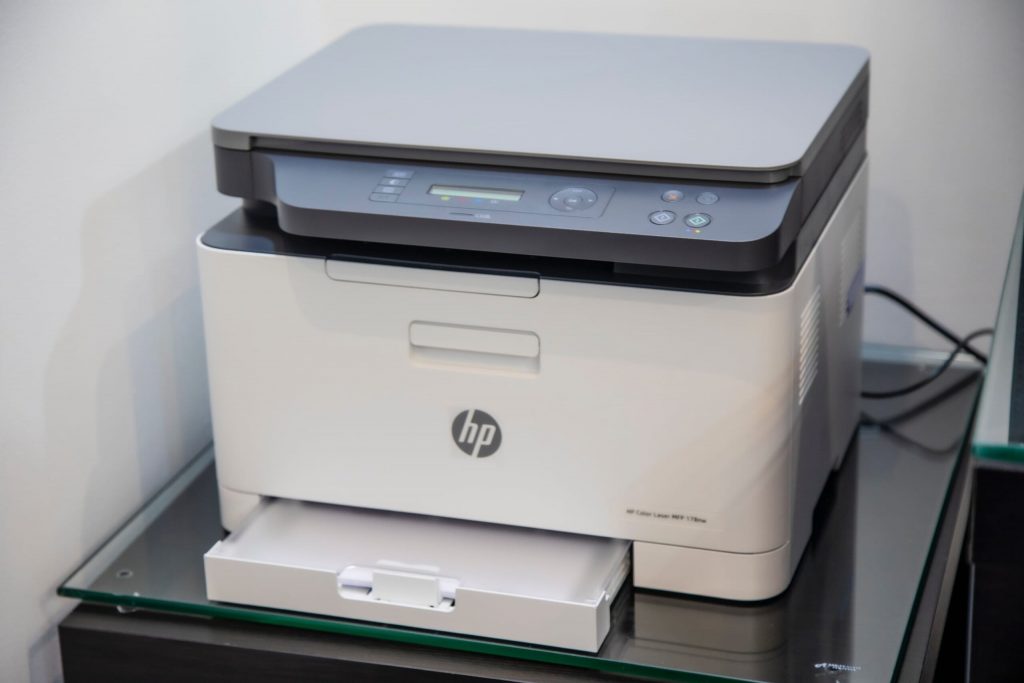In today's digital age, color laser printers have become an indispensable tool for both personal and professional use. These remarkable devices have revolutionized the printing industry, offering high-quality prints with vibrant colors and sharp details. But have you ever wondered how color laser printers work? In this article, we will delve into the intricate mechanisms behind these technological marvels, exploring the fascinating process that brings your digital creations to life on paper.
- The Basics of Color Laser Printing:
Color laser printers employ a complex combination of technologies to produce stunning prints. At the heart of this process lies the principle of electrophotography, also known as laser printing. Unlike traditional inkjet printers, which use liquid ink, laser printers use toner, a fine powder that is fused onto the paper through a series of electrostatic charges and heat. - The Four-Step Process:
a. Charging: The first step in the color laser printing process is charging. A photosensitive drum, typically made of selenium or organic compounds, is given a uniform positive charge. This charge prepares the drum for the next step.
b. Writing: In this step, a laser beam is used to selectively discharge the charged areas on the drum, creating a latent image. The laser beam scans across the drum, following the digital information sent from the computer. The discharged areas represent the image to be printed.
c. Developing: Once the latent image is formed, the drum passes through a toner cartridge. The toner, which consists of colored particles, is attracted to the discharged areas on the drum, forming a visible image. Each color (cyan, magenta, yellow, and black) has its own toner cartridge.
d. Transferring and Fusing: The final step involves transferring the toner image from the drum onto the paper. The paper is given a negative charge, which attracts the positively charged toner particles. Heat and pressure are then applied to fuse the toner onto the paper, creating a permanent image.
- Color Management:
Achieving accurate color reproduction is a crucial aspect of color laser printing. To ensure consistent and vibrant colors, color management systems are employed. These systems use color profiles and calibration techniques to match the colors on the screen with the printed output, resulting in faithful color representation. - Resolution and DPI:
Resolution plays a vital role in determining the quality of prints. Color laser printers use a measurement called dots per inch (DPI) to define the level of detail in an image. Higher DPI values result in sharper and more detailed prints. Modern color laser printers can achieve resolutions of up to 2400 DPI, providing exceptional print quality.
Conclusion:
Color laser printers have revolutionized the printing industry, offering high-quality prints with speed and precision. Understanding the inner workings of these devices allows us to appreciate the intricate technologies involved in bringing our digital creations to life on paper. From the charging of the drum to the fusion of toner particles, each step in the process contributes to the final result. So, the next time you marvel at a vibrant printout, remember the complex journey it took to create that masterpiece.



More Stories
How SMC Is Manufactured: Process, Materials, and Quality Control
Customizable Logo Pulp Boxes in Kraft and White for Sustainable Food Packaging Solutions
What Is Hypalon Rubber Sheet? Exploring Its Exceptional Weather Resistance